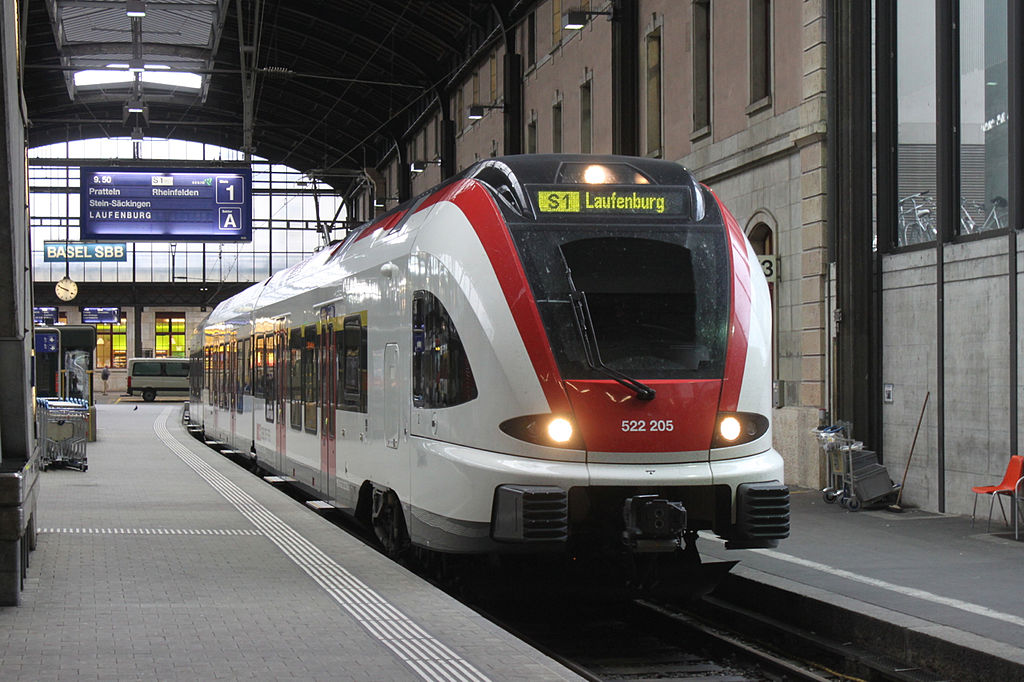Long overdue: New FLIRT Intercity trains revolutionise Hungarian railways

Stadler and Győr-Sopron-Ebenfurt Railways (GYSEV) Ltd. have recently concluded a contract for the provision of nine FLIRT Intercity electric multiple units, with an option for an additional four. These trains are scheduled for service on the Sopron-Budapest and Szombathely-Budapest routes starting in 2027.
The dual-current vehicles are designed for seamless travel across Hungary and Austria, offering versatility and efficiency. These state-of-the-art five-car trainsets are being manufactured at Stadler’s Szolnok plant. The supply contract will come into effect upon the finalisation of a financing agreement with GYSEV, which secures a European Investment Bank (EIB) loan to facilitate the procurement, as reported by infostart.hu.
GYSEV Ltd. has a three-month window after the contract takes effect to determine the number of optional trains it will order. The delivery timeline indicates that Stadler will deliver the first vehicle 36 months after the contract enters into force, with the final unit of the initial order entering service within 44 months. Subsequently, Stadler will have an additional two years to acquire the required licenses for operating the trains in Austria.
In three procurement rounds between 2013 and 2019, the railway company ordered a total of 20 FLIRT trains from Stadler, marking the first acquisition of new intercity trains in Hungary in three decades.
The new GYSEV trains
The new intercity vehicles represent a departure from the existing GYSEV fleet, featuring a maintenance-friendly design and state-of-the-art electric traction motors that enhance energy efficiency, therefore reducing overall lifetime costs. These five-carriage trains, capable of speeds up to 160 kilometres per hour, span 106.2 metres in length and offer flexible seating arrangements to accommodate seasonal demands.
In winter, the configuration includes 280 seats, including 32 in first class, while in summer, the seating is adjusted to accommodate up to 18 bicycles in response to increased demand for bicycle transportation.
The new vehicles, built to meet recently implemented international standards, boast modern amenities such as advanced passenger information systems, security cameras and charging sockets for electronic devices.

Additionally, they feature air-conditioned, low-floor passenger compartments and disabled-accessible toilets. According to the announcement, the FLIRT model is Stadler’s highly successful product with over 2,500 units sold across 21 countries since 2002. In Hungary alone, GYSEV operates 20 of these vehicles, while MÁV operates 123. Notably, Stadler’s Szolnok Factory has contributed to the production of nearly 1,000 FLIRT trains, equating to 3,883 carriages.
The signed order includes the potential production of up to 65 Flirt Intercity carriages for GYSEV in Szolnok, subject to the total number of option orders received. Stadler, renowned for manufacturing large railway locomotives, switching locomotives and passenger coaches, has a workforce of approximately 14,000 employees. The group is headquartered in Bussnang, Eastern Switzerland.
Read also:
- From Budapest to Bucharest: Munch’s journey to combat food waste and expand into Romania – HERE
- New Hungarian regulation would ban guest workers’ employment in more jobs – HERE
Source:






Elsewhere these are commuter trains, not used for intercity services of many hours for which their ironing board seats are unsuitable. The existing intercity carriages used on Sopron and Szombathely services offer a superior experience for travellers compared to these sets. In any case, how is it news for the general public that they’re due to enter service in 2027, that’s 3 years from now, or longer? This sort of article is more at home in a railway industry magazine.